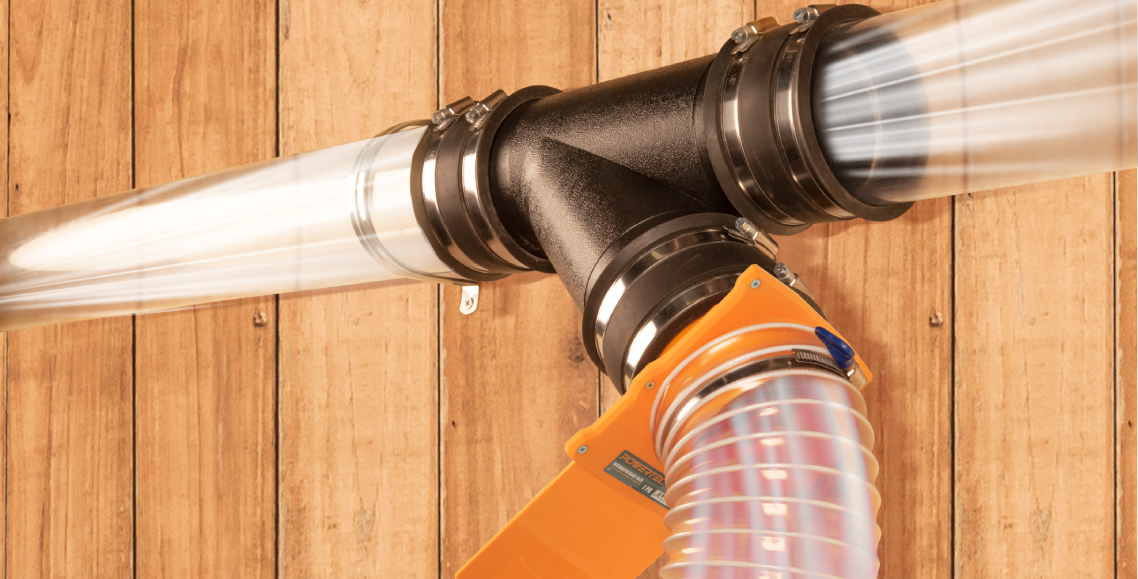Airflow by the Numbers
POWERTEC on Jun 27th 2025
A CFM-Based Guide to Hose and Pipe Selection
When designing a dust collection system, understanding airflow—measured in Cubic Feet per Minute (CFM)—is crucial for selecting the right hose and pipe diameters. CFM indicates the volume of air moved through the system per minute, directly affecting how effectively dust and debris are captured and transported. Here’s how CFM requirements impact hose and pipe choices based on different dust collectors and setups:
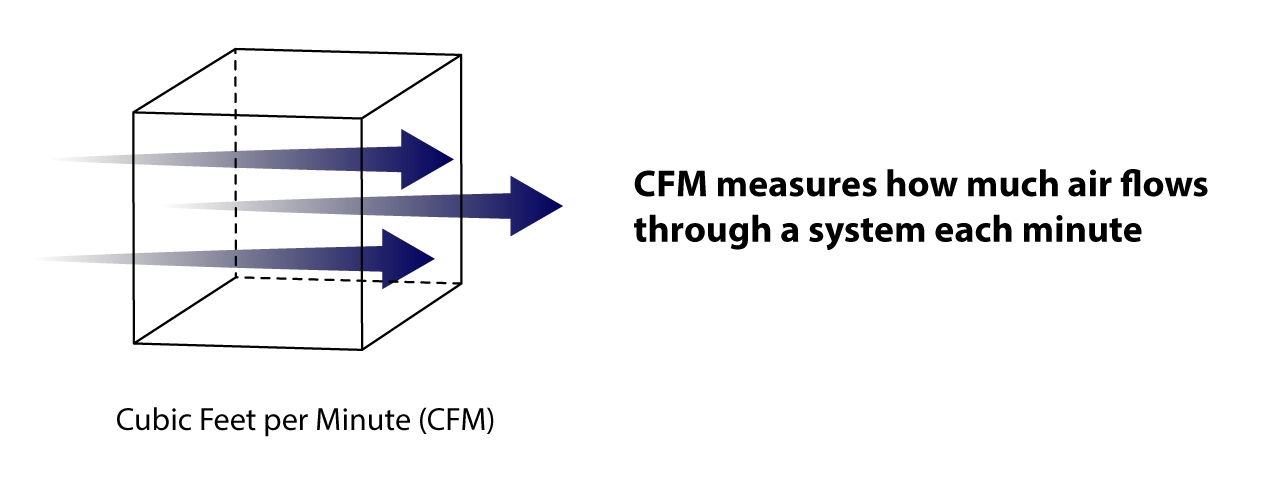
Shop Vacuums (100–150 CFM)
CFM Requirements: Small, portable shop vacuums usually provide around 100–150 CFM, which is adequate for smaller power tools like sanders or hand-held routers.
Hose Diameter: A 2.5-inch hose is typically sufficient for shop-vac style collectors. This diameter provides the right balance of airflow and suction power to handle small dust volumes effectively. Using a larger hose may reduce suction and airflow, while a smaller hose could clog easily.
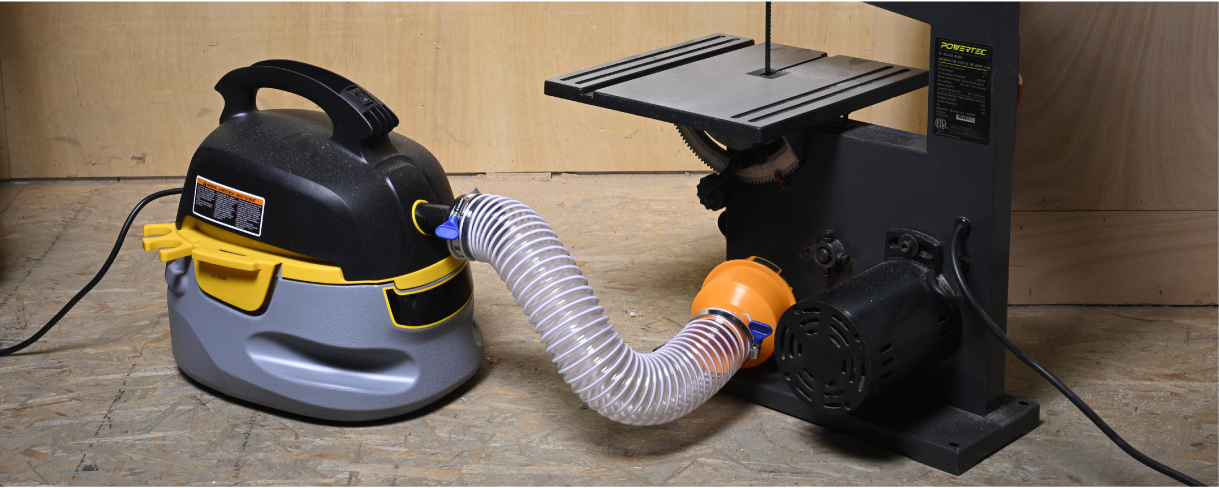
Wall-Mounted Dust Collectors (400–600 CFM)
CFM Requirements: Wall-mounted dust collectors can deliver 400–600 CFM, ideal for stationary woodworking tools like table saws or miter saws.
Hose Diameter: A 4-inch hose is generally recommended for these setups, providing a good balance of airflow for larger dust volumes. This size supports the typical CFM of wall-mounted units, allowing for effective dust collection without overwhelming the system. Connecting a 4-inch main line with smaller branches (e.g., 2.5-inch) for smaller tools may require reducers to maintain airflow.
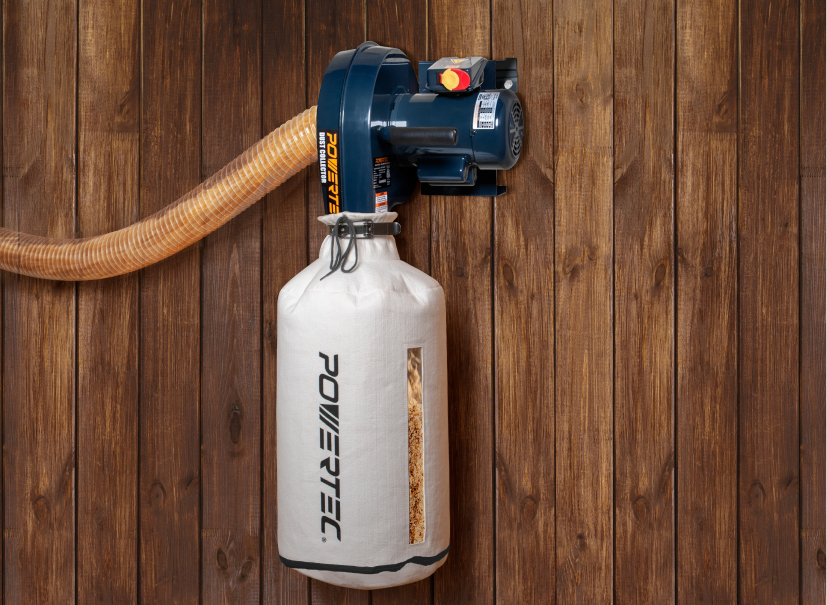
Single-Stage Dust Collectors (600–1,200 CFM)
CFM Requirements: Single-stage dust collectors are powerful and can deliver between 600–1,200 CFM, making them ideal for larger setups that serve multiple machines, such as planers, jointers, or drum sanders.
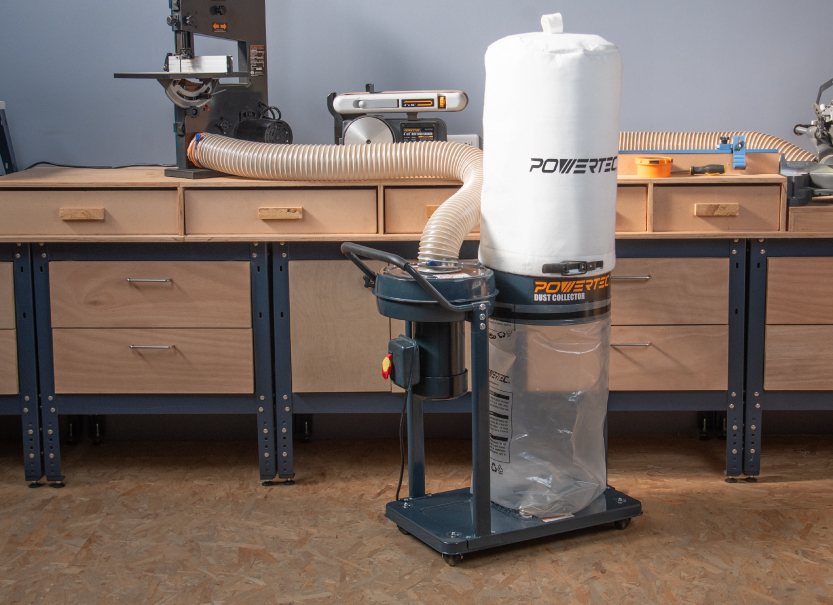
Hose Diameter: A 6-inch main line is recommended for single-stage dust collectors to ensure high airflow capacity, especially if multiple tools are connected. Using a 6-inch main line minimizes the risk of clogs and pressure drops, keeping suction strong. For individual tools, you can use reducers to branch off with 4-inch or 2.5-inch hoses as needed.
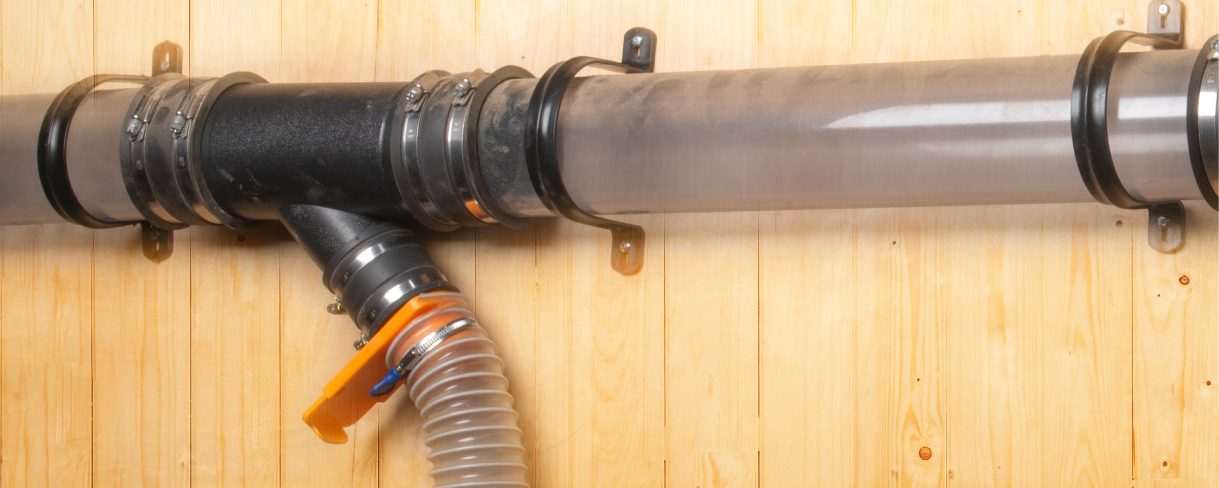
Two-Stage Cyclone Collectors (1,200–1,500+ CFM)
CFM Requirements: Cyclone dust collectors are designed for high-performance dust separation and have CFM ratings typically above 1,200, with some going beyond 1,500 CFM. They’re suitable for large shops or professional settings with high dust output.
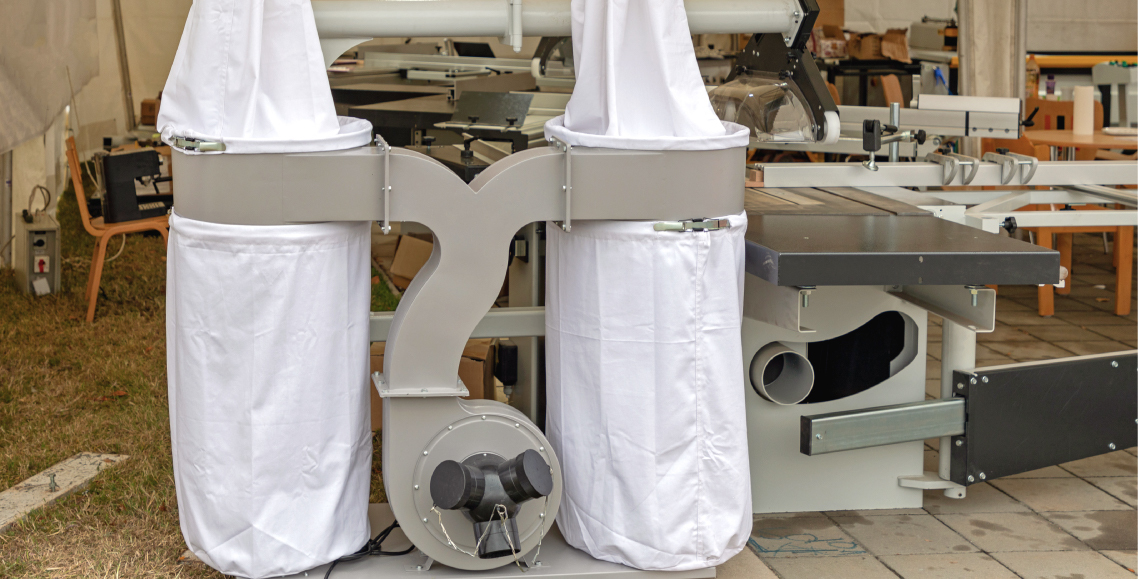
Hose Diameter: For two-stage cyclone collectors, a 6-inch main line can be ideal, depending on the system’s CFM rating and the length of the runs. Larger diameter hoses and pipes ensure that the collector’s powerful airflow capacity is maintained across the setup, effectively managing dust from multiple machines.
